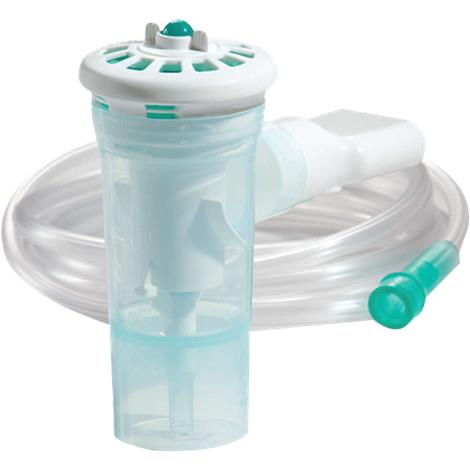SALTER HARRIS
I -> S-slipped -> non-op
II -> A-Above physis (through metaphysis) -> non-op
III -> L-Lower than physis (through epiphysis) -> unstable
IV ->T-Throuh physis (all 3 involved) ->limb-length discrepancy->Op
V ->R-ERasure of growth plate (crush) -> Op
ANKLE/FOOT injuries.
▪Achilles tendon rupture – weekend warriors, cipro use, -> + Thompson test – no plantar flexion w/ calf compression -> splint in equine position, ortho eval.
▪Ottawa ankle rules – pain at posterior edge of either malleoli, inability to bear weight immediately/in ED. Navicular TTP, TTP at base of 5th metatarsal
▪Weber ankle fractures -> unstable fractures are types B/C at or below the ankle joint -> OR
▪Trimalleolar fx -> OR
▪Maisonneuve fx – Eversion injury -> proximal fibula fx + medial malleolus fx + disruption of syndesmosis
▪Plafond or pilon fx – comminuted distal tibia -> look for associated injuries
▪Calcaneus fx – most common tarsal bone fx <20 degrees Bohler’s angle -> look for associated injuries such as vertebrae
▪Talus bone is most susceptible foot bone to AVN (also scaphoid, odontoid, femoral head)
▪ATFL (ligament) – Inversion injury (most common ankle sprain).

▪ (left pic) Jones fx -> 5th metatarsal shaft fx -> NWB -> Op
▪(right pic) Pseudojones fx -> 5th metatarsal avulsion fx -> hard sole shoe -> most non-op
▪Tarsal tunnel syndrome -> posterior tibial N neuropathy -> weak flexors, pain on sole of foot.
▪Morton’s neuroma -> pain between 2nd/3rd toes usually
▪Plantar fasciitis -> worst in morning, better after use. Tx: rest/NSAIDs
▪Lisfranc fx -> Joint between base of 1st, 2nd metatarsals and cuneiform disrupted. Most require OR.
▪Plantar puncture wounds -> staph/strep most common. Pseudomonas concern if punctured through shoe. Abx controversial


